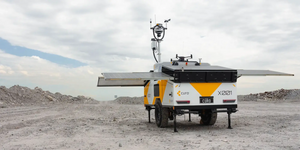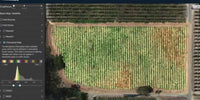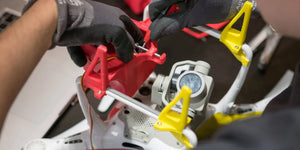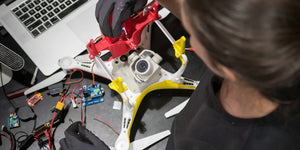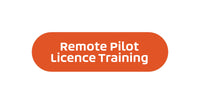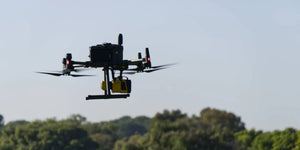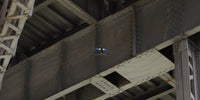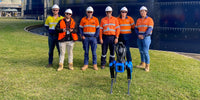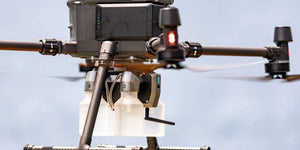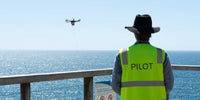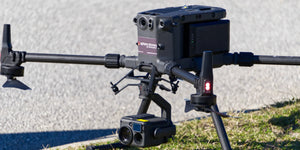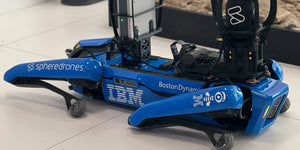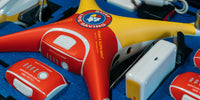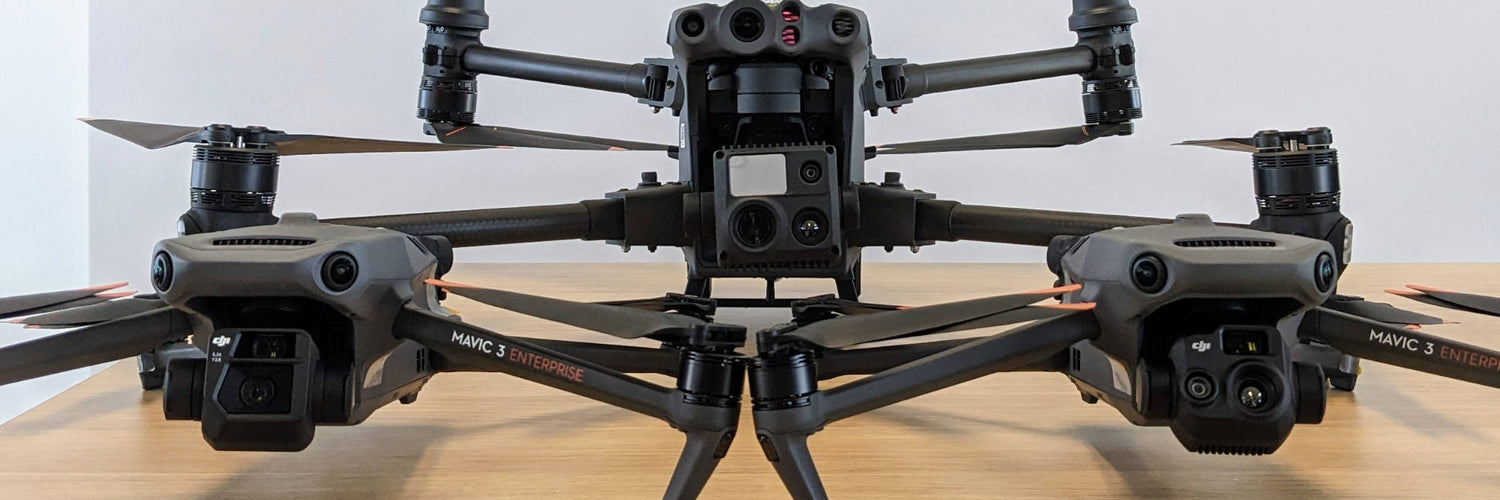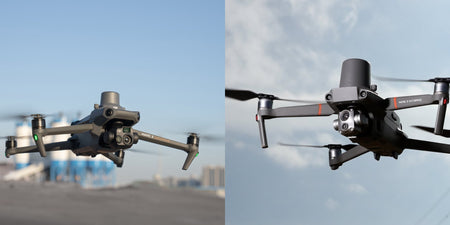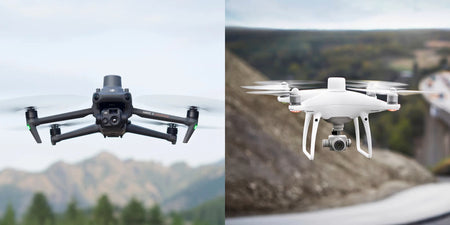The Mavic 3 Enterprise and Matrice 30 series is two of DJI's latest enterprise offerings suited to different areas within the market. Let's look at how both series compare with this comparison.
Size and weight
Mavic 3 Enterprise series
One of the major differences between the Mavic 3 Enterprise series and the Matrice 30 series is the size and weight. The Mavic 3 comes in at just under 1kg and slightly over when the RTK or speaker modules are added. The Mavic 3 Enterprise is also a lot more compact, easily fitting into a backpack or carrying pouch.
This combination gives the Mavic 3 Enterprise series the advantage of being able to be taken anywhere, flown without the need for a RePL in Australia (excluded category).
Matrice 30 series
The Matrice 30 series comes in at 3.7kg and 4kg when accessories are installed. This larger weight and footprint mean the Matrice 30 series isn't as portable but allows for a better payload, improved wind resistance, and better stability in flight.
This combination gives the Matrice 30 series the best of a large airframe with improved specs and abilities, while still being portable enough that it can be easily taken onto aeroplanes (without the batteries) and transported in work vehicles.

Cameras & capabilities
Mavic 3 Enterprise series
Other than the size and weight of both drone series, the cameras, and therefore the capabilities are the other major difference. The Mavic 3E features two sensors, a 4/3 CMOS wide camera capable of 20MP photos, 4k 30fps video, and a mechanical shutter, a 1/2 CMOS tele camera capable of 12MP photos, 4k 30fps video with up to 8x optical zoom (56x hybrid zoom).
Mavic 3T features three sensors, wide and tele with slightly different specs to the Mavic 3E, and an additional thermal camera. The 1/2 CMOS wide camera is capable of 48MP photos, 4K 30fps video, and an electronic shutter, a 1/2 CMOS tele camera capable of 12MP photos, 4k 30fps video with up to 8x optical zoom (56x hybrid zoom).
Matrice 30 series
Both variants of the Matrice 30 series feature cameras with the exact same specs, minus the thermal camera only being on the Matrice 30T. The 1/2 CMOS wide camera is capable of 12MP photos and 4k 30fps videos, while the 1/2 CMOS zoom camera is capable of 48MP photos, 4k 30fps videos, and up to 5x to 16x optical zoom and up to 200x hybrid zoom.
The laser rangefinder is able to measure objects up to 200 metres away, while the 1080p 30fps FPV camera is used for situational awareness during operations.
The thermal camera on the Matrice 30T is capable of 1280x1024 photos and videos in super resolution mode and 640x512 in standard mode. It is able to measure in two modes, spot metre and area measurement. The Matrice 30T's thermal camera supports the following thermal palettes
- White Hot
- Black Hot
- Tint
- Iron Red
- Hot Iron
- Arctic
- Medical
- Fulgurite
- Rainbow 1
- Rainbow 2

Specifications
| DJI Mavic 3 Enterprise series | DJI Matrice 30 Series | |
| Base Take-off Weight |
|
3.7kg |
| Max Take-off Weight | 1.05kg | 4kg |
| Dimensions |
|
|
| Camera & Payloads |
Mavic 3E
Mavic 3T
|
Matrice 30
Matrice 30T
|
| Max Flight Time | 45 minutes | 41 minutes |
| Battery | Mavic 3 IFB (BWX260-5000-15.4) | Matrice 30 TB30 IFB (BPX320-5880-22.4) |
| RTK module | Yes, removable | Yes, built-in |
| IP Rating | - | IP55 |
| Operating Temperature | -10° to 40° C | -20° to 50° C |
| Max Flight Speed |
|
23 m/s |
| Max Wind Speed Resistance | 12 m/s |
|
| Max Transmission Distance | 15km | 15km |
| Supported Remote Controllers | DJI RC Pro Enterprise | DJI RC Plus |
| Sensing System |
Using visual cameras |
Using both visual cameras and infrared |
| Accessories |
